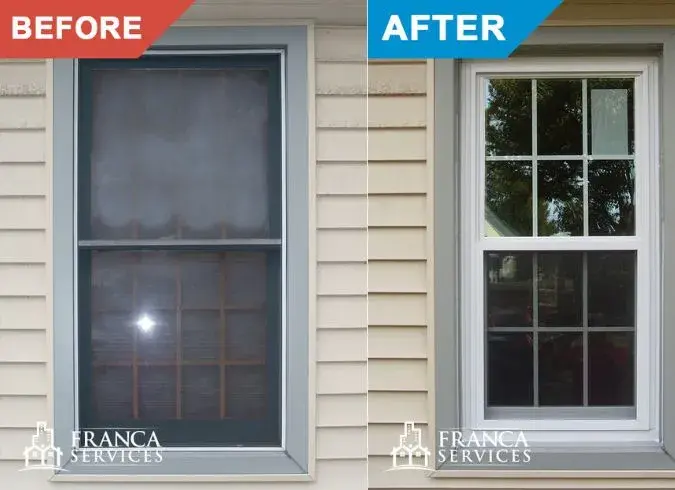Buzz Haven: Your Source for Trending Insights
Stay updated with the latest buzz in news, trends, and lifestyle.
Bye Bye Drafts: Time to Update Your Window Game
Revamp your windows and say goodbye to drafts! Discover effective tips for a cozier home and lower energy bills today.
5 Signs It's Time to Replace Your Windows
When it comes to home maintenance, windows often get overlooked until there are significant issues. One of the most telling signs you need to replace your windows is visible damage such as cracks, chips, or warped frames. If you notice moisture buildup between the panes, this indicates a failed seal, which not only affects appearance but also energy efficiency. Aged or damaged windows can lead to increased utility bills and uncomfortable living conditions.
Another key indicator is difficulty in opening or closing your windows. If they stick, rattle, or won’t stay open, it’s time to consider replacement. Additionally, if your windows are more than 15-20 years old, it’s worth inspecting their performance. Modern window technology offers better insulation and energy efficiency that can enhance your home's comfort. Be proactive and assess your windows regularly; addressing issues early can save you from more significant expenses later.

How to Choose the Right Windows for Energy Efficiency
Choosing the right windows for energy efficiency is crucial for maintaining a comfortable home and reducing energy costs. Energy-efficient windows are designed to minimize heat loss in winter and keep your home cool during summer. When selecting windows, consider factors like glazing, frame materials, and the overall window design. Double or triple glazing provides better insulation compared to single-pane windows, while frames made from materials like vinyl or fiberglass typically have superior thermal performance. Additionally, look for windows with low U-values and high R-values to ensure optimal energy efficiency.
Another important aspect to consider is the solar heat gain coefficient (SHGC), which measures how much solar radiation passes through the window. A lower SHGC is ideal for warmer climates, while a higher SHGC can be beneficial in cooler regions. To make an informed decision, it's helpful to refer to the Energy Star ratings and labels on windows, which indicate their energy performance. In summary, evaluating the glass type, frame material, and energy ratings will help you choose windows that not only enhance your home’s aesthetics but also contribute significantly to energy savings.
Are You Losing Money to Drafty Windows?
Are you aware that your home could be costing you money every month due to drafty windows? Neglected windows can lead to significant heat loss during the winter and increased cooling costs in the summer. When chilly breezes sneak in or conditioned air escapes, your heating and cooling systems work overtime to maintain a comfortable temperature. This constant strain not only affects your energy bills but can also shorten the lifespan of your HVAC system, leading to more repairs and replacements. If you've noticed an unexplainable rise in your energy costs, it may be time to evaluate the state of your windows.
Identifying drafty windows is simpler than you may think. Common signs include cold spots near the windows, condensation between panes, and visible gaps around the frames. To combat this issue effectively, you can consider various solutions, such as adding weather stripping, installing thermal curtains, or investing in window replacements. By addressing the problem, not only will you enhance your home's energy efficiency, but you will also create a more comfortable living environment. Don’t let drafty windows drain your wallet—take action today to seal the leaks and save money on your utility bills.